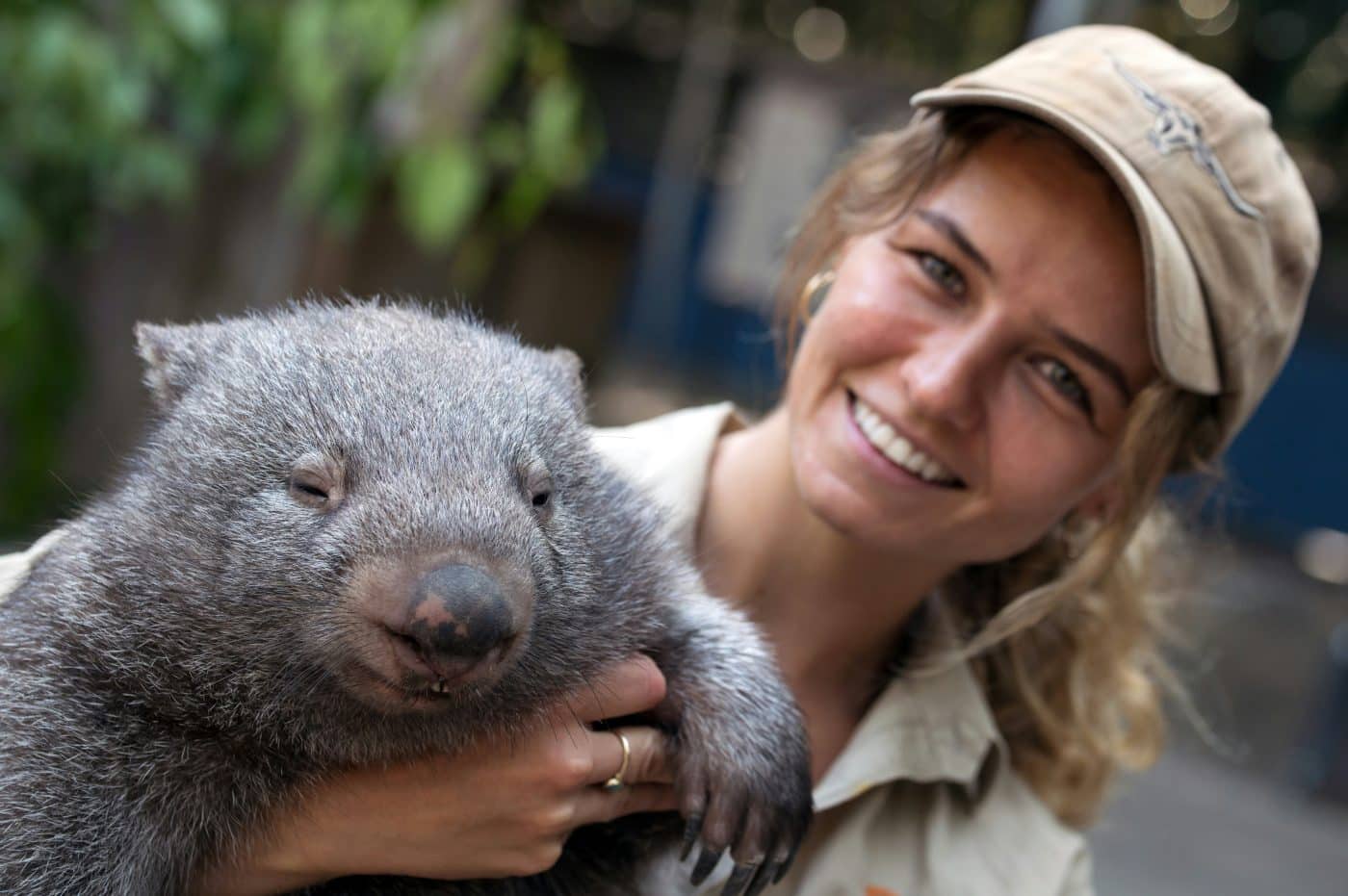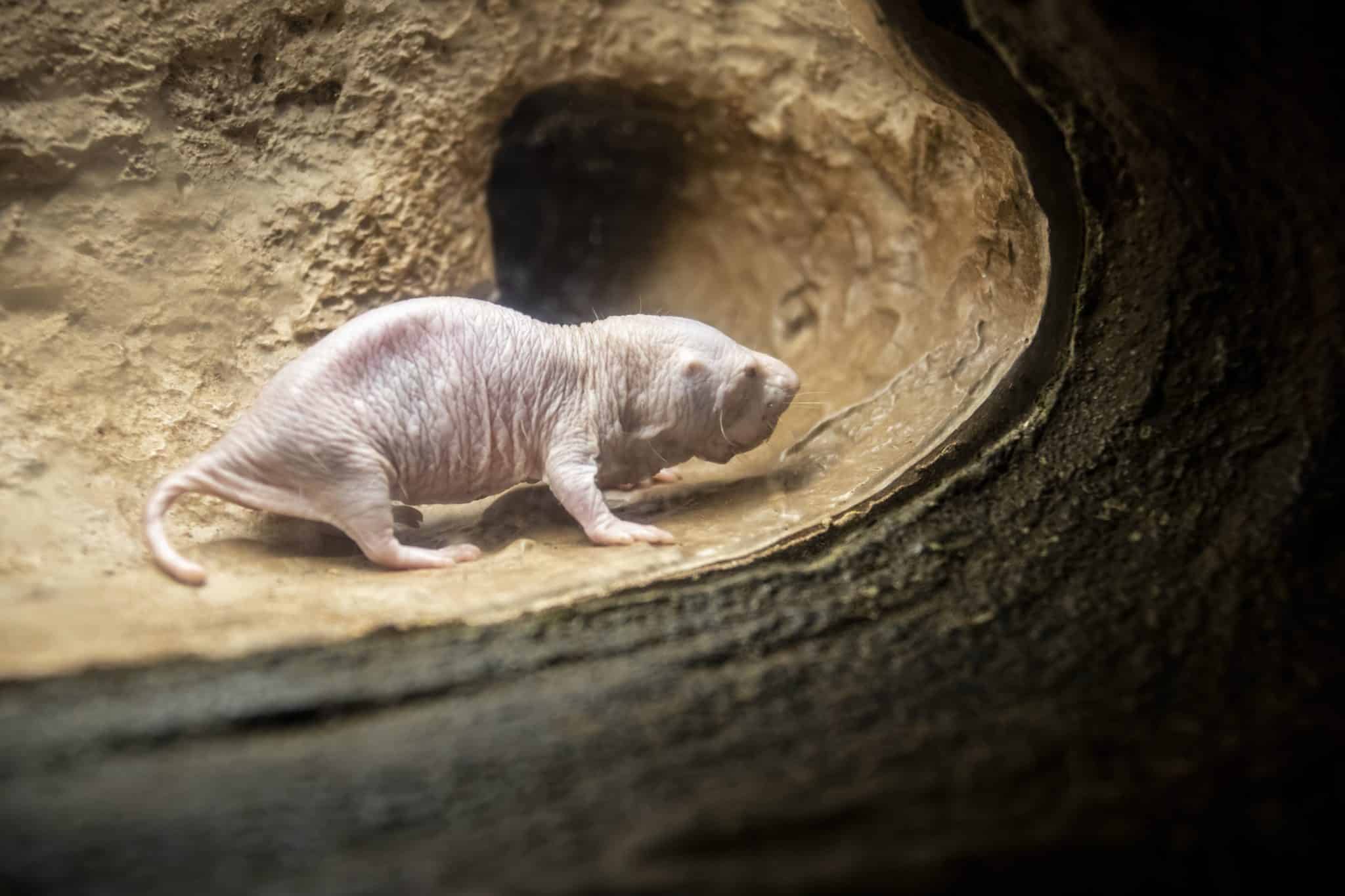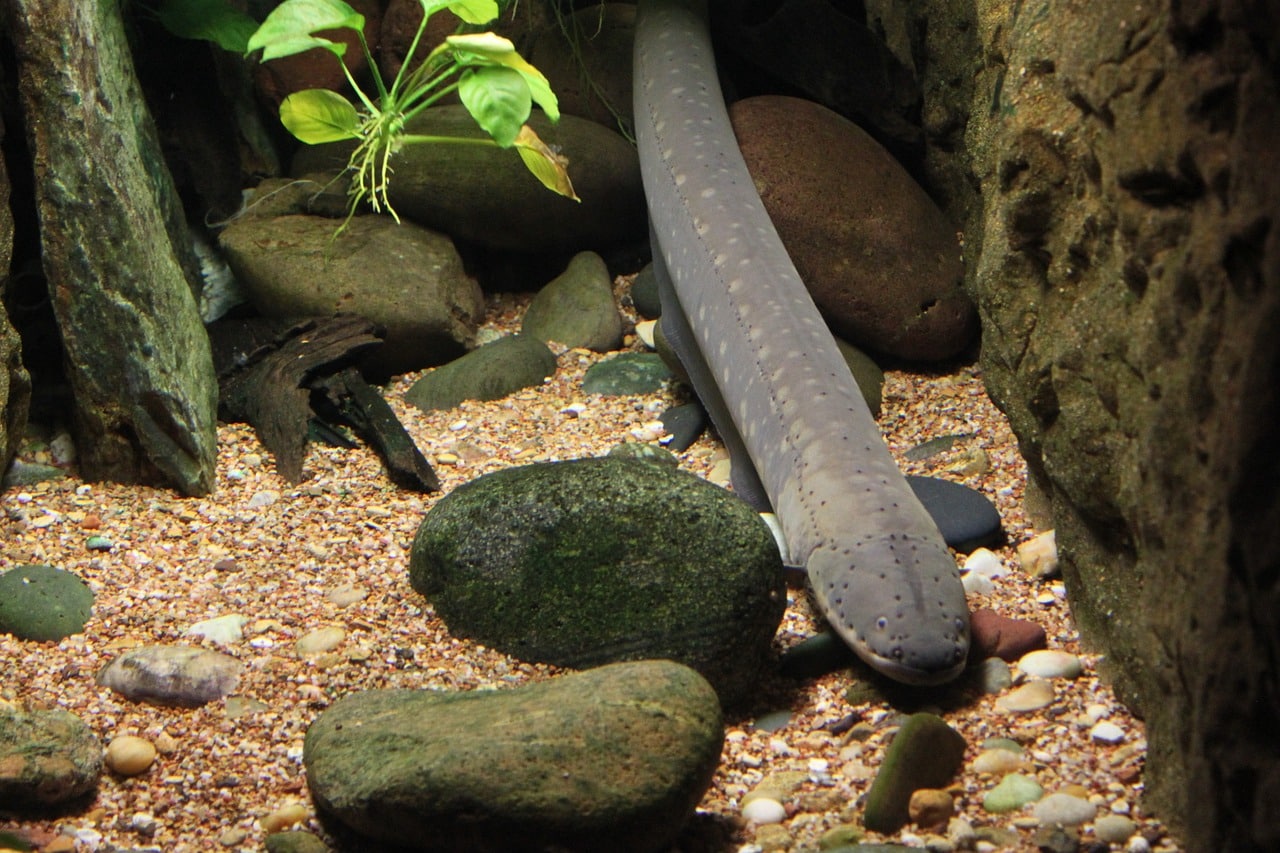 Shutterstock
Shutterstock
Evolution is often seen as a slow and methodical process driven by survival, but sometimes it takes a quirky turn. From animals with outrageous features to odd behaviors, the natural world is full of creatures that show evolution has a sense of humor. These creatures demonstrate that the process of adaptation can lead to strange yet practical results. In this article, we’ll explore 23 animals whose evolutionary paths have taken delightfully unexpected directions, leaving us with creatures that seem like a playful experiment by nature itself.
Platypus
 Shutterstock
Shutterstock
The platypus is an animal that seems to be made from mismatched parts: a duck’s bill, a beaver’s tail, and the ability to lay eggs despite being a mammal. It may look like a quirky mix of various animals, but this bizarre design works perfectly for survival. Equipped with electroreception abilities, the platypus can hunt underwater in ways few creatures can. Evolution has turned what could have been an oddity into a well-equipped, adaptable creature, showcasing that even the strangest combinations can be incredibly effective.
Narwhal
 Shutterstock
Shutterstock
The narwhal, often called the unicorn of the sea, is known for its long, spiral tusk, which can grow up to 10 feet long. This tusk, which seems magical, is a tooth that plays a crucial role in mating rituals and displays dominance. It’s also used for sensory purposes, helping narwhals detect changes in their environment. Nature’s decision to give a sea mammal a horn seems straight out of a fantasy, but this evolutionary feature serves very practical functions in the narwhal’s icy habitat.
Tardigrade
 Shutterstock
Shutterstock
Tardigrades, or water bears, are microscopic creatures that can survive extreme conditions, from the vacuum of space to intense radiation and freezing temperatures. They do so by entering a state of suspended animation, where they can endure environments that would destroy almost any other life form. Evolution has given these tiny creatures an incredibly resilient design, enabling them to survive in conditions so harsh that it feels almost like nature had a bit of fun in creating the ultimate survivor.
Okapi
 Shutterstock
Shutterstock
The okapi is a mysterious and elusive creature from the Congo that looks like a zebra and giraffe hybrid. With its long neck and striped legs, it seems like a mismatch of evolutionary traits. However, its unique design is perfectly suited for survival in the dense forests it calls home. The okapi uses its long neck to reach high vegetation while its camouflage markings help it blend into its surroundings. This combination of traits shows how evolution can create a creature that seems odd but is beautifully adapted to its environment.
Sloth
 Shutterstock
Shutterstock
Sloths are well-known for their incredibly slow movements and relaxed lifestyle. They spend most of their lives hanging upside down in trees, moving very slowly to conserve energy. While other animals may be focused on speed and efficiency, sloths take the opposite approach, proving that sometimes, a slow and steady pace is all you need to survive. Evolution gave sloths a perfectly tuned survival strategy based on calmness and stealth, showing that being laid-back can be a clever adaptation for survival.
Seahorse
 Shutterstock
Shutterstock
The seahorse is one of the most unexpected examples of evolution’s sense of humor, as it is the male seahorse that carries and gives birth to the offspring. This role reversal in the reproductive process is highly unusual among animals. Male seahorses have a specialized pouch where females deposit their eggs, and they carry the developing young until they are ready to hatch. This quirky adaptation not only flips traditional gender roles but serves a functional purpose, showing that nature can have a funny and effective take on reproduction.
Wombat
 Shutterstock
Shutterstock
Wombats are marsupials from Australia known for their square-shaped poop. While this may sound like an oddity, the square poop serves a practical function: it doesn’t roll away, making it easier for wombats to mark their territory. This unique adaptation allows wombats to communicate with each other through scent in a way that is highly effective for their survival. Evolution’s decision to give wombats square poop may seem humorous, but it’s a functional and clever solution to the challenges they face in their environment.
Star-Nosed Mole
 Shutterstock
Shutterstock
The star-nosed mole has an unusual and bizarre feature—its star-shaped nose, which is covered in 22 fleshy appendages that help it detect and identify food. This nose is incredibly sensitive, allowing the mole to find food with remarkable speed and precision. Evolution has given the star-nosed mole this comically extravagant nose as a tool for survival, proving that sometimes, a quirky adaptation can be both functional and highly efficient in helping animals meet their survival needs.
Fainting Goat
 Shutterstock
Shutterstock
Fainting goats are famous for their odd ability to “faint” when startled, although they don’t lose consciousness. Their muscles stiffen and they fall over, looking almost comically like they’ve passed out. This odd behavior is thought to be a defense mechanism, as predators may be confused when the goats collapse, giving them a chance to escape. While it may seem like an odd quirk, this fainting behavior has been honed by evolution to help these goats survive in the wild, adding a comedic twist to their survival strategy.
Naked Mole Rat
 Shutterstock
Shutterstock
Naked mole rats are small, hairless rodents that live in underground colonies. They are known for their unusual appearance, with wrinkled, pink skin and large teeth that protrude outside their mouths. Despite their strange looks, these creatures are highly social and live in a matriarchal society. Their lack of hair is an adaptation to their subterranean lifestyle, helping them to move easily through tunnels. While they may not win any beauty contests, their social structure and survival skills show that even the quirkiest creatures have an important role in nature.
Electric Eel
 Shutterstock
Shutterstock
The electric eel is an aquatic creature that can generate an electric charge of up to 600 volts, enough to stun prey or deter predators. While its name might suggest it’s a true eel, it’s a knifefish, related to catfish. Evolution gave the electric eel this electric power as a method of hunting and self-defense, showing that nature’s sense of humor sometimes manifests shockingly. With its unique electric abilities, this creature proves that even underwater, nature has some electrifying surprises in store.
Flying Fish
 Shutterstock
Shutterstock
Flying fish have evolved the ability to glide above the water’s surface, using their long, wing-like fins to escape predators. While they can’t technically fly like birds, they can leap from the water, extending their fins to glide through the air for impressive distances. This unusual adaptation allows them to evade predators and move between bodies of water with ease. Nature’s decision to give these fish “wings” proves that evolution’s sense of humor can extend to creating animals that seem like they’re defying the laws of physics.
Peafowl
 Shutterstock
Shutterstock
The male peafowl, or peacock, is famous for its extravagant tail, which can be fanned out into an eye-catching display of iridescent feathers. The tail’s sheer size and beauty seem to defy logic, but it serves an important evolutionary purpose: attracting mates. The brighter and more elaborate the tail, the more likely the male is to win the attention of females. This showy feature, while beautiful, is a sign of good health and genetic fitness, proving that sometimes, evolution goes all out to make a lasting impression.
The Comedy Club Of Evolution
 Shutterstock
Shutterstock
So, what do we conclude from all these weird, wonderful, and downright quirky animals? Nature’s evolutionary experiments aren’t just about survival; they sometimes have a funny side too. Whether it’s a platypus with features from multiple animals, a narwhal sporting a unicorn-like tusk, or a fainting goat’s dramatic collapse, these creatures prove that evolution can be both functional and humorous. After all, why just survive when you can do it with style and a bit of a laugh? If these animals can embrace their oddities, maybe we should too!
 Toledo, United States.
Toledo, United States.
